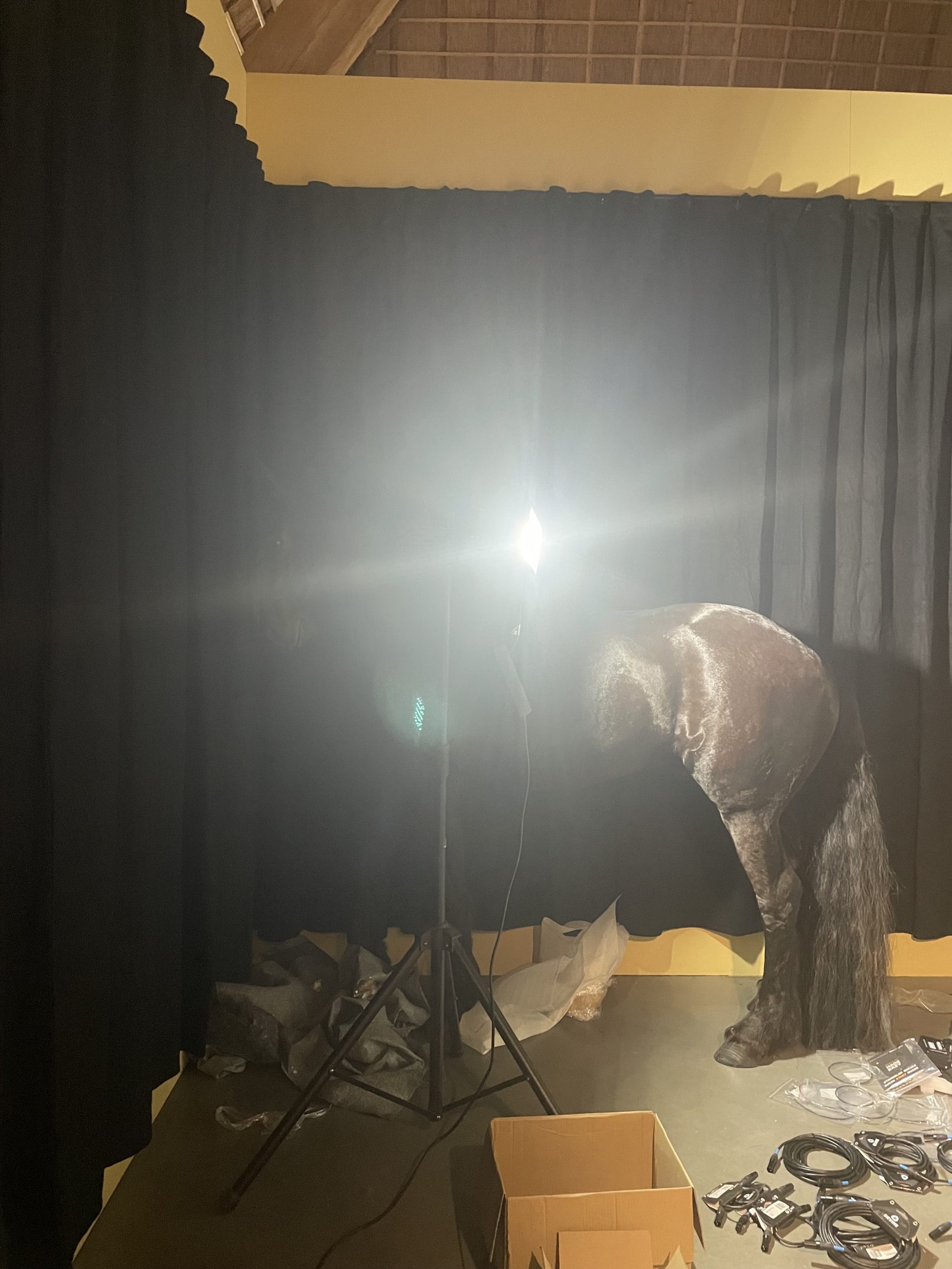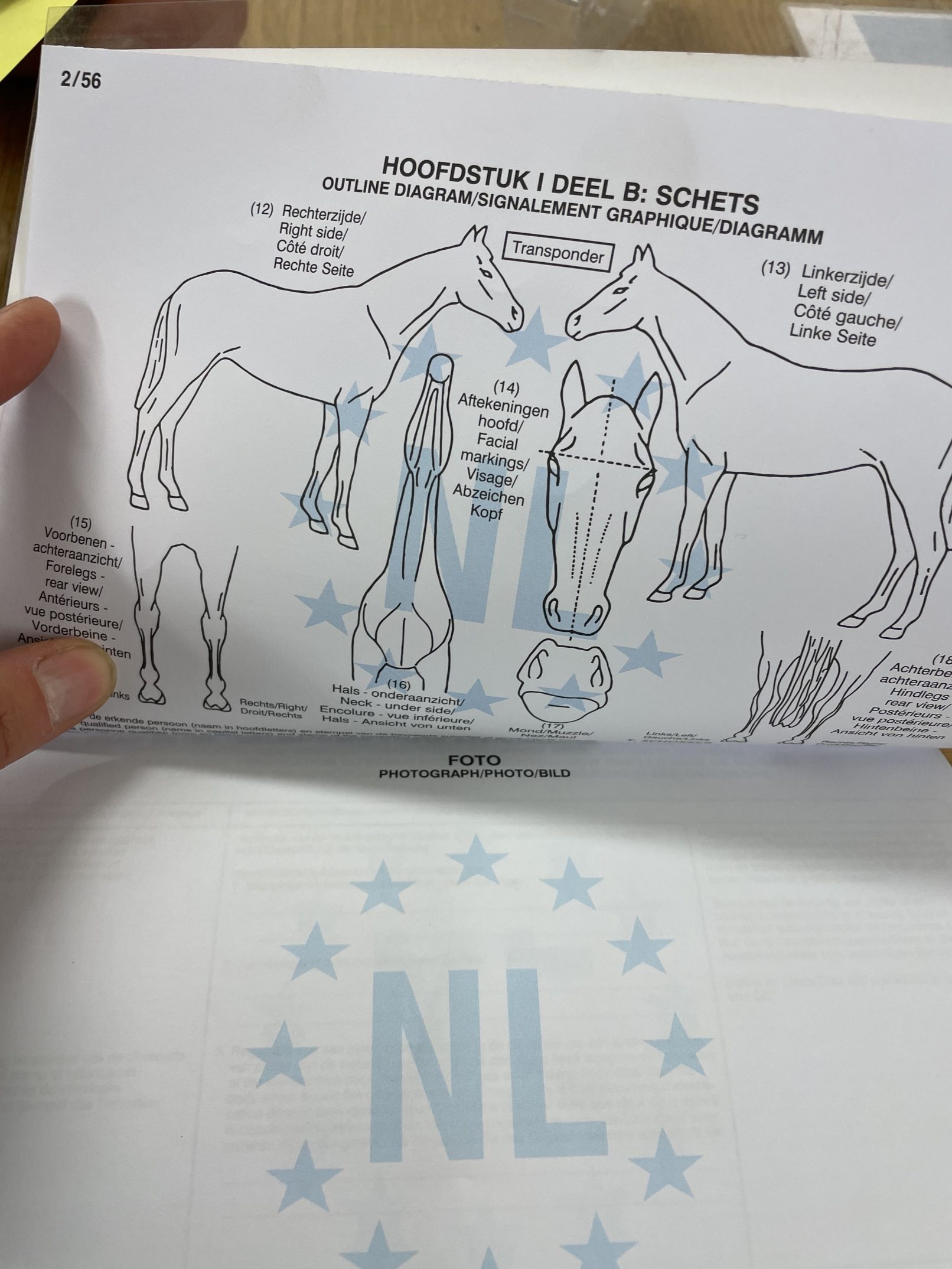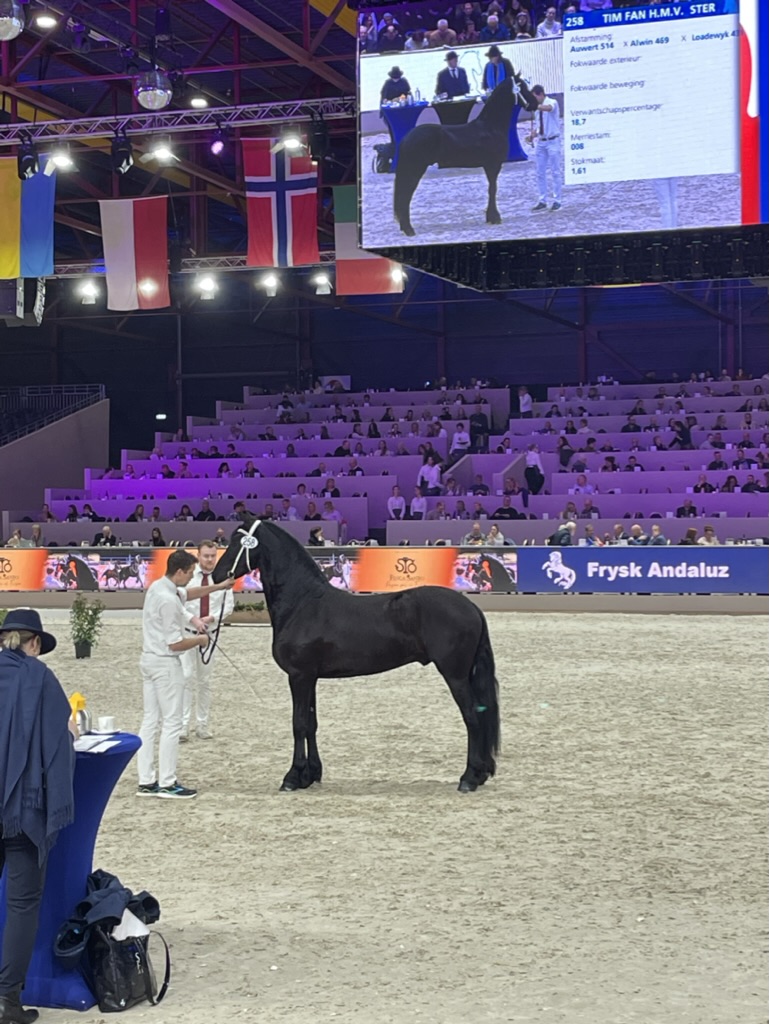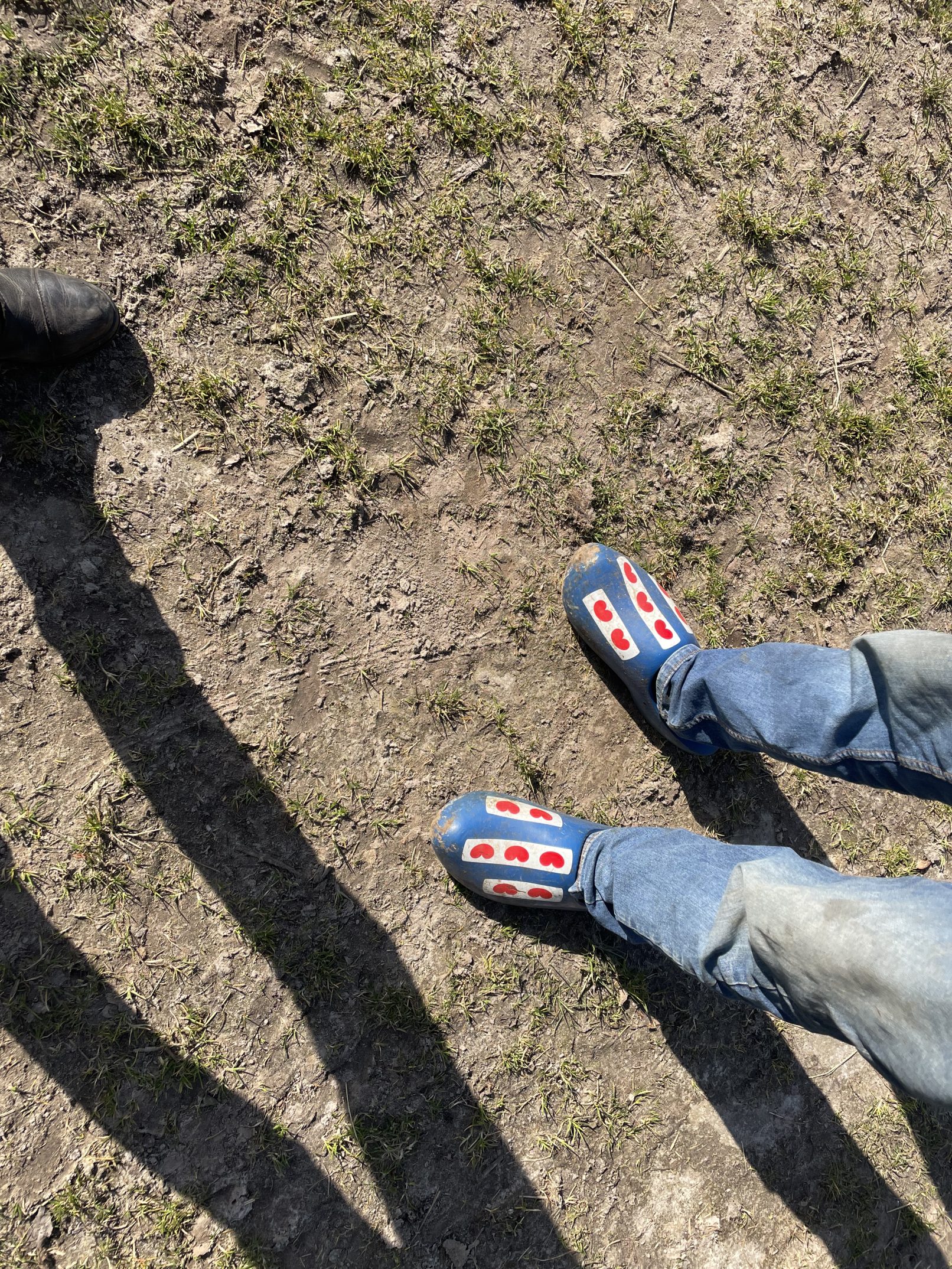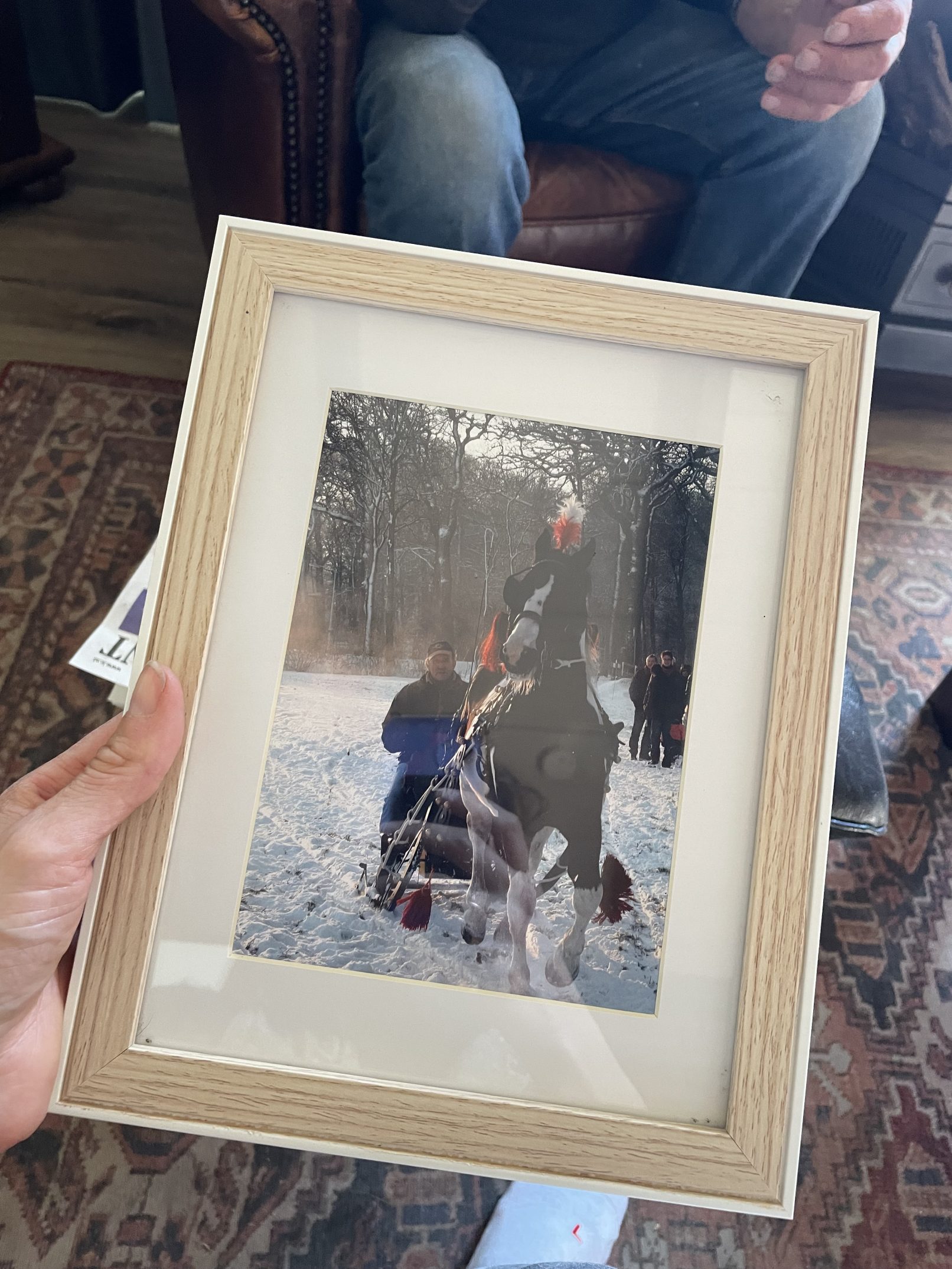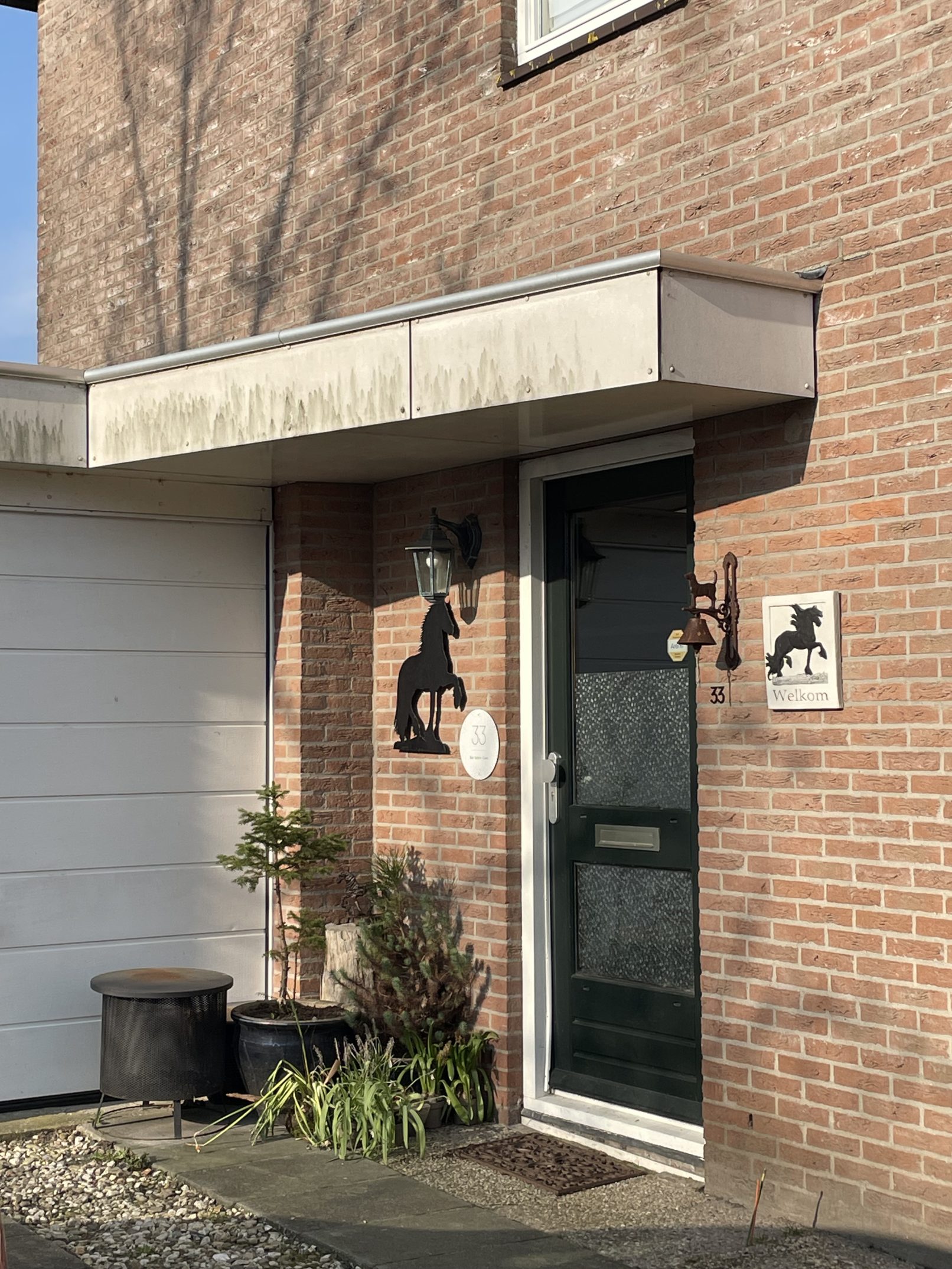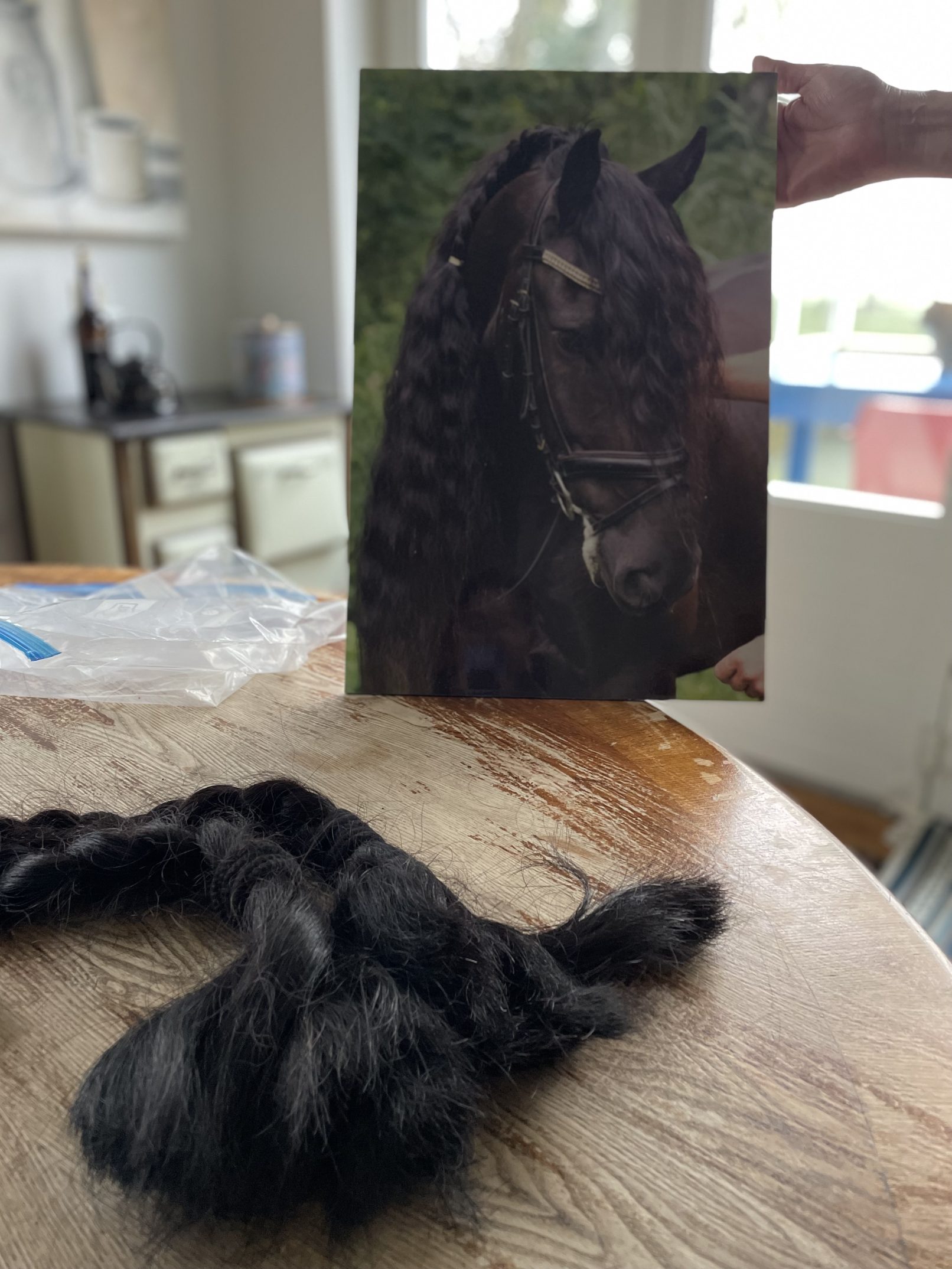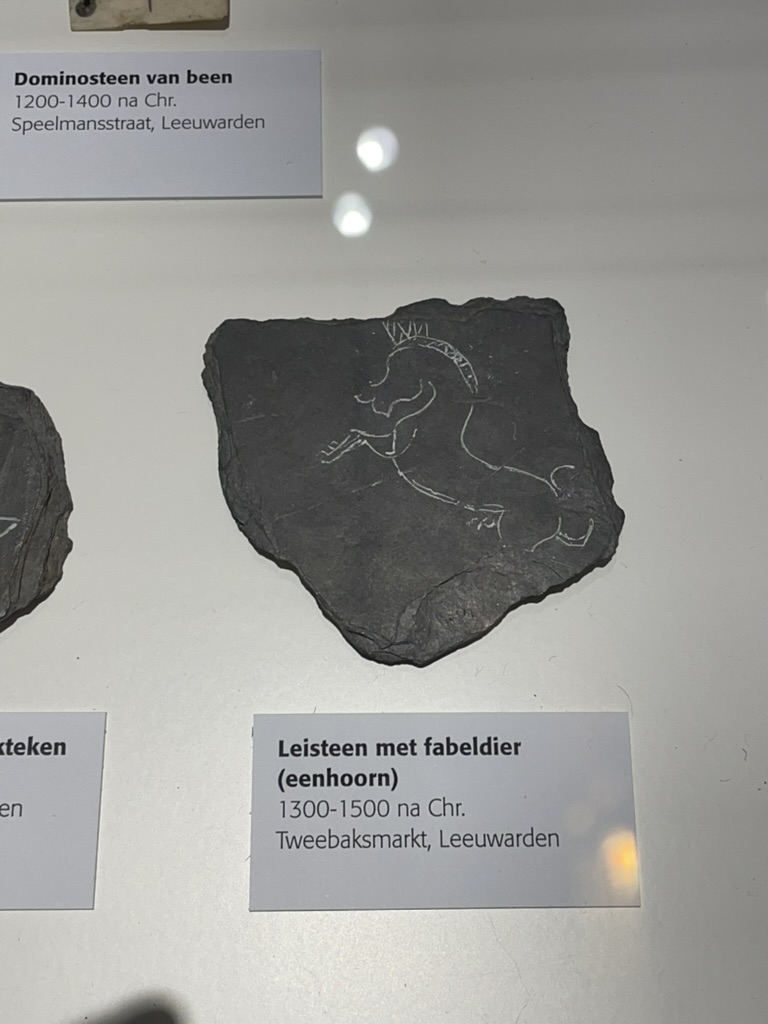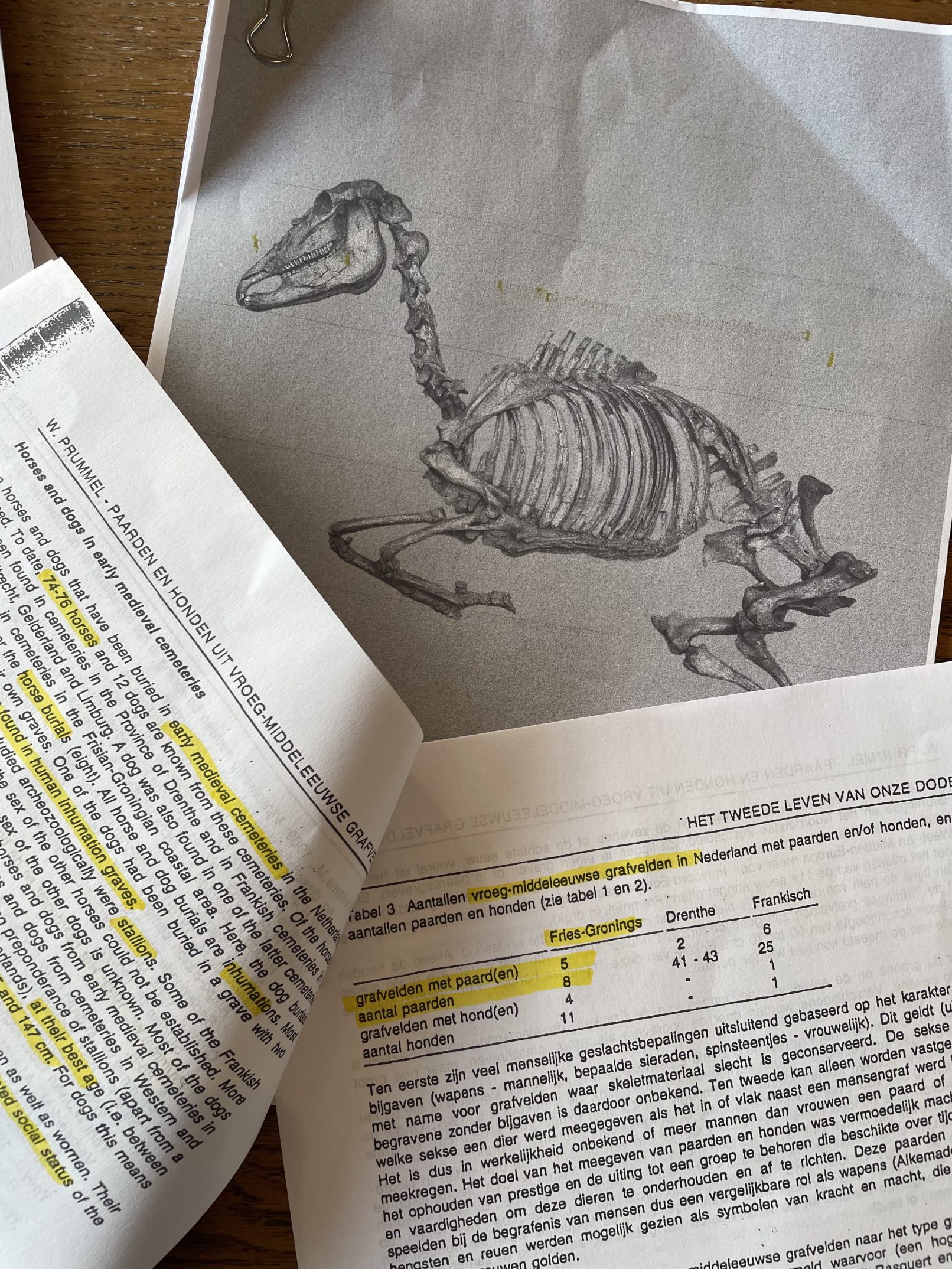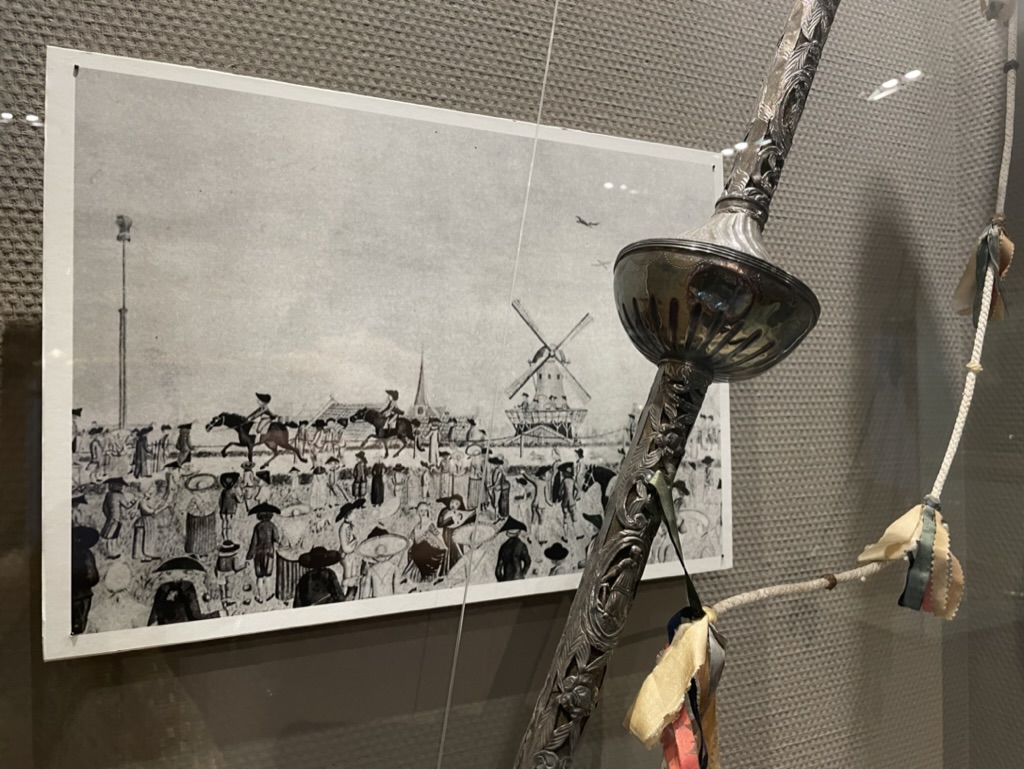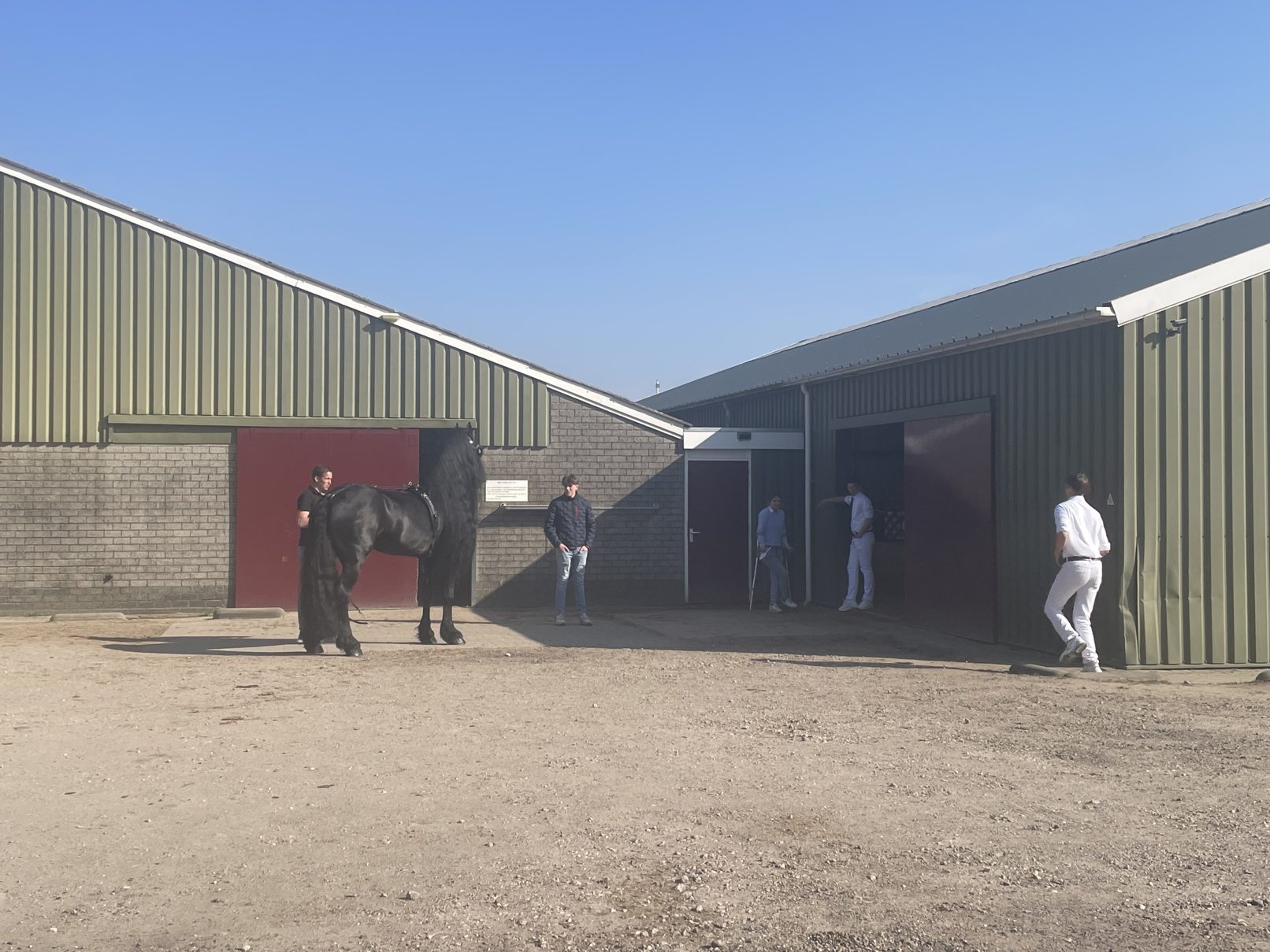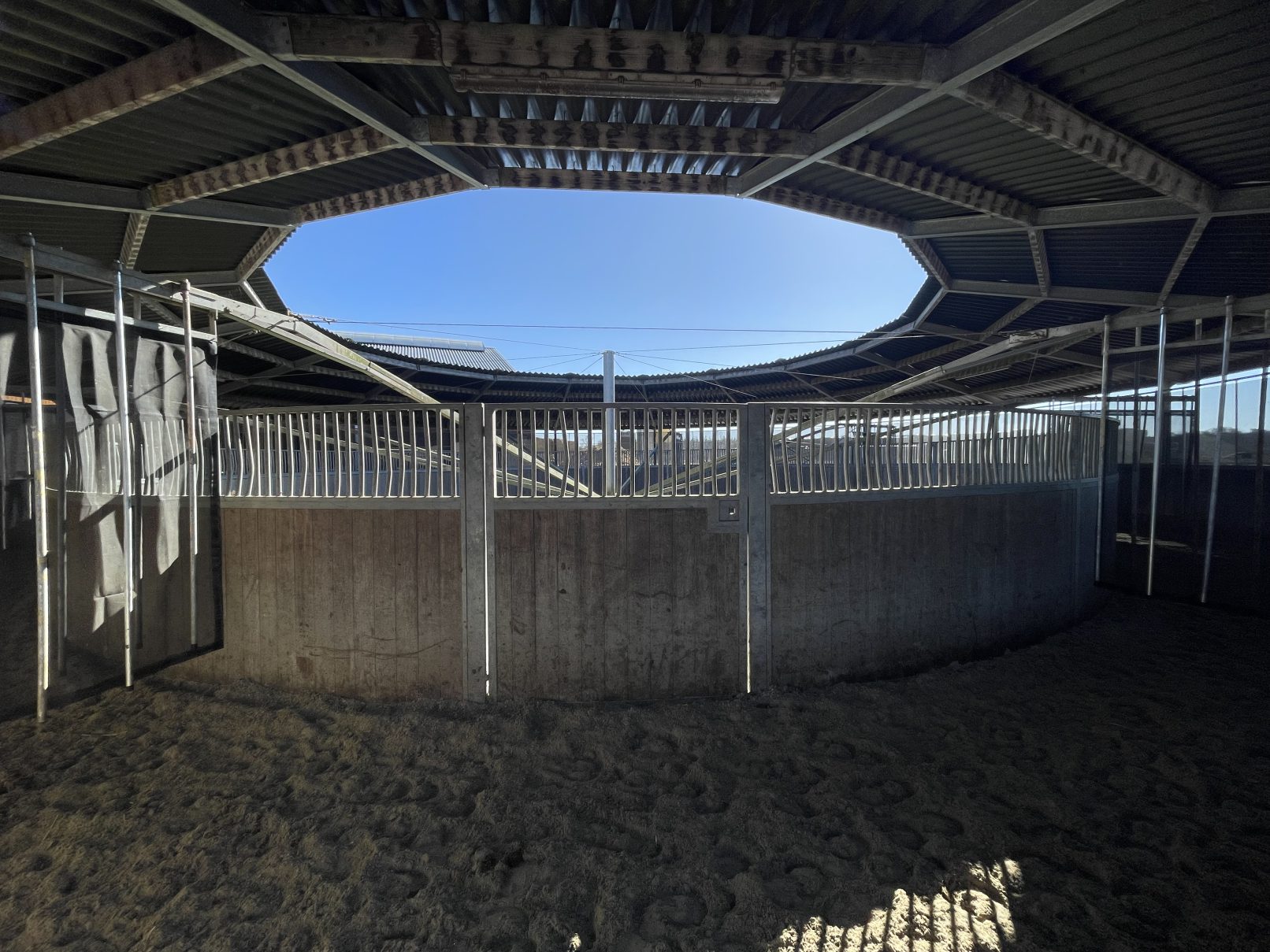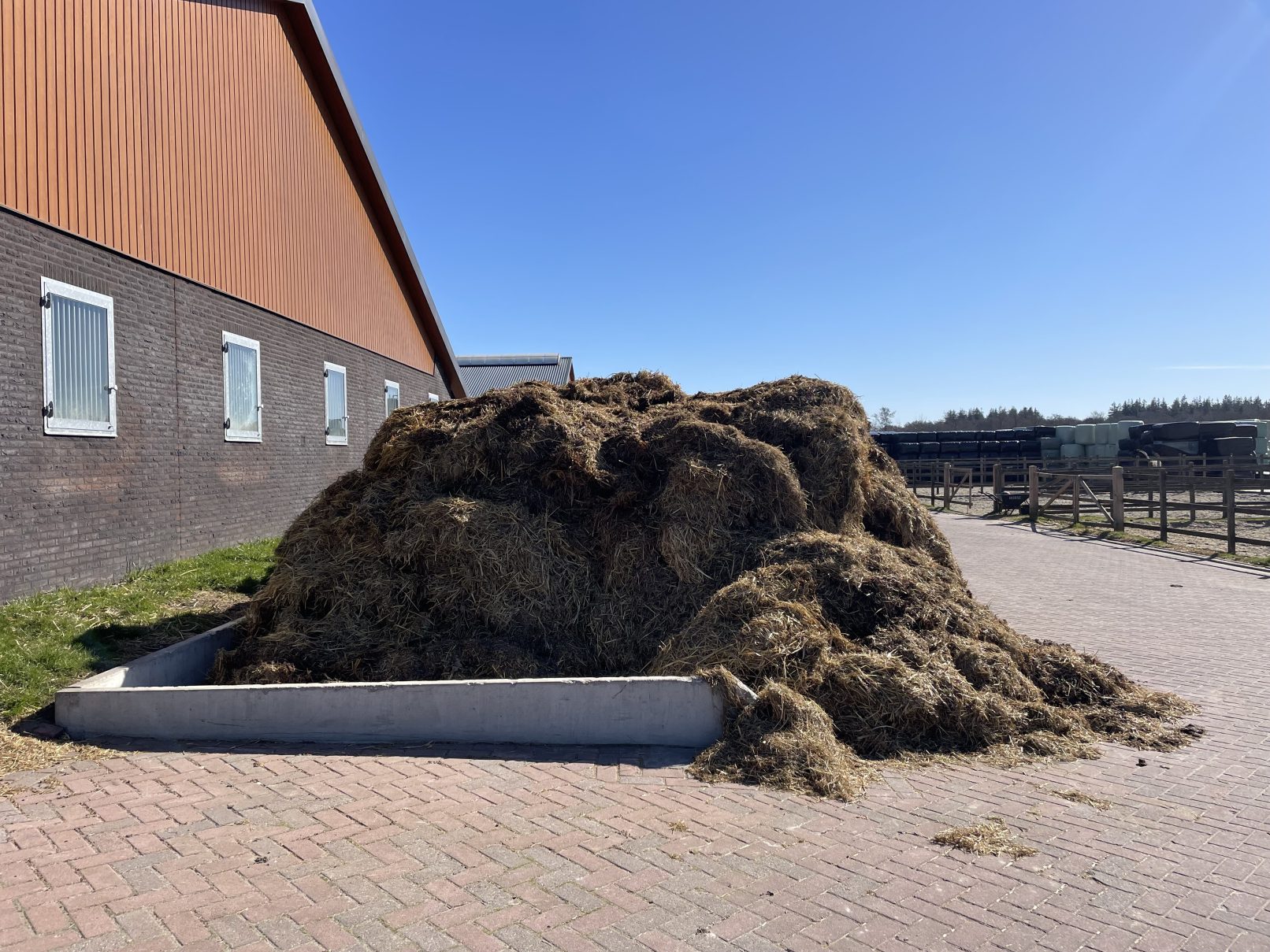Hyndertiid
In 2025 I am undertaking a year-long art project under the flag of VHDG Lokaal. Under the title Hyndertiid (Frisian for ‘horse time’), my research centers around the role of the Frisian horse in the wider context of horse culture in Europe and Central Asia, and the horse-human relationship from its beginnings. The project will unfold through artistic research, a public programme, and a closing exhibition in the fall of 2025.
The VHDG Lokaal approach focuses on artists, duos, and collectives collaborating closely with local communities. By emphasizing embedded practices, VHDG aims to nurture process-oriented projects over a longer timeframe.
During my residency period, I intend to focus on the role of the Frisian horse in the socio-cultural imaginary of Fryslân. What does this horse represent to locals, and what attracts them to this animal? Where are horse communities based, who belongs to them, and who is excluded? How do they organize themselves and does ‘mienskip’ (a local term for the commons ) play a role in their day-to-day activities? Taking a wider view, how do myths, scientific data, and histories around the (Frisian) horse influence the popular and political imagination of the region today? And which kinds of futures can be envisioned together, that integrate learnings from how horses deal with (presence and) time? Parallel to the above fieldwork, I will co-facilitate horse-facilitated learning sessions with a women’s group, and a group of young cultural workers.
Within the context of my ongoing nomadic open air program School of Verticality (2018 –), I adopt the lens of verticality, understood as a vector of depth and presence – against the modern assumption of verticality as an axis of power and hierarchy: verticality as both being present to, and making present what is alive, here and now. Learning from The Art of Rewilding, I process what emerges during the fieldwork through somatic grounding practices, such as creating drawings of “inner images” — impressions left in my body and mind by encounters and conversations. These visual marks might serve as the foundation for a new (horse) blanket or weave, for which I want to look into possible collaborations with local textile artisans and amateurs. Insights from this research will also be included in the upcoming, experimental publication Being Horse, part of my Field Essays series.
Over the winter, I started tracing the contours of the Frisian horse world by attending the popular, yearly Hengstenkeuring (stallion show) and related clinics on the health challenges and aesthetic stakes of breeding with a closed studbook; by collecting the testimonial of private horse owners and getting in touch with a mare and stallion breeder, a birth supervisor, an inspector, a sport physiologist, a co-founder of the Frisian horse calendar, an equestrian law specialist, Eponaquest colleague Judith van Heerde (Keerpunt coach), who made a horse drum with the guidance of a shaman, and archeozoologists focusing on early Frisian animal mythology and death rituals.
Every year is eventful for the Frisian horse, but 2025 is even more so. The Friesian Agricultural Museum will open a new wing dedicated to the World of the Frisian Horse this spring. And open-air horse theater It Hynder Fan Harich will première their speculative fiction early September. My research positions itself in the margins of the spectacle, as ‘slow cultural work’ (AnnaLee Davis), inviting introspection and shared reflection with dedicated publics.
All images by Atelier Sophie Krier unless mentioned otherwise:
Top slider: Fries Landbouwmuseum, De Wereld van het Friese Paard (exhibition build up); breeding station at Stal de Merksen; horse pasport; KFPS Hengstenkeuring (stallion studbook selection) 2025; Hans de Ruiter’s Friesian clogs; King with horse-drawn sleigh in the snow; Sabien Zwaga’s decorated front door; Memento of Lieuwe fan it Skarsicht photographed at Charlotte and Danny van Zijl’s home in Scharsterbrug; frisian fable animal (unicorn), Historisch Centrum Leeuwarden; Egge Knol, Wietske Prummel, Anne Nieuwhof & Hans van der Plicht, ” Een oude merrie uit een Friese terp” (An old mare from a Frisian mound) in: Paleo-Aktueel, RUG/GIA, 2014, pp 49-56; illustration of Odin riding Sleipnir from an 18th-century Icelandic manuscript (wikimedia commons);
Bottom slider: Silver Whip, Arend Wiltjes Nauta (among others), 1822, Museum Heerenveen; drawing of a hard trotting, Arend Wiltjes Nauta, early 19th century (Fries Museum loan); backstage at the PSV De Oorsprong stallion show, St Nicolaasga; horse training carousel and dunghill, Stal de Merksen; Wall of Fame in Charlotte and Dany van Zijl’s barn.
